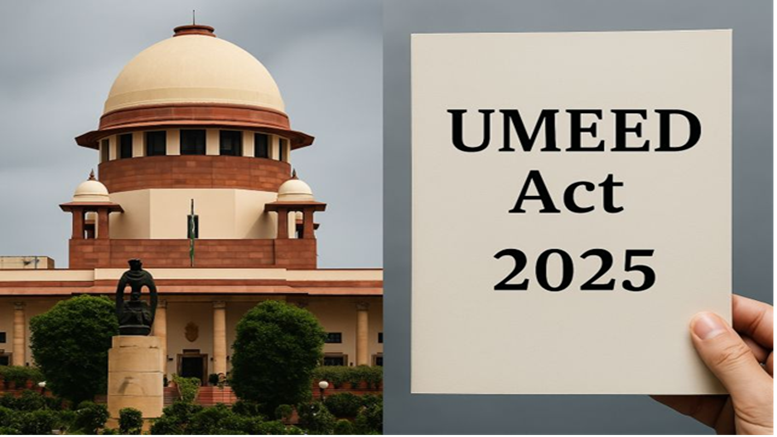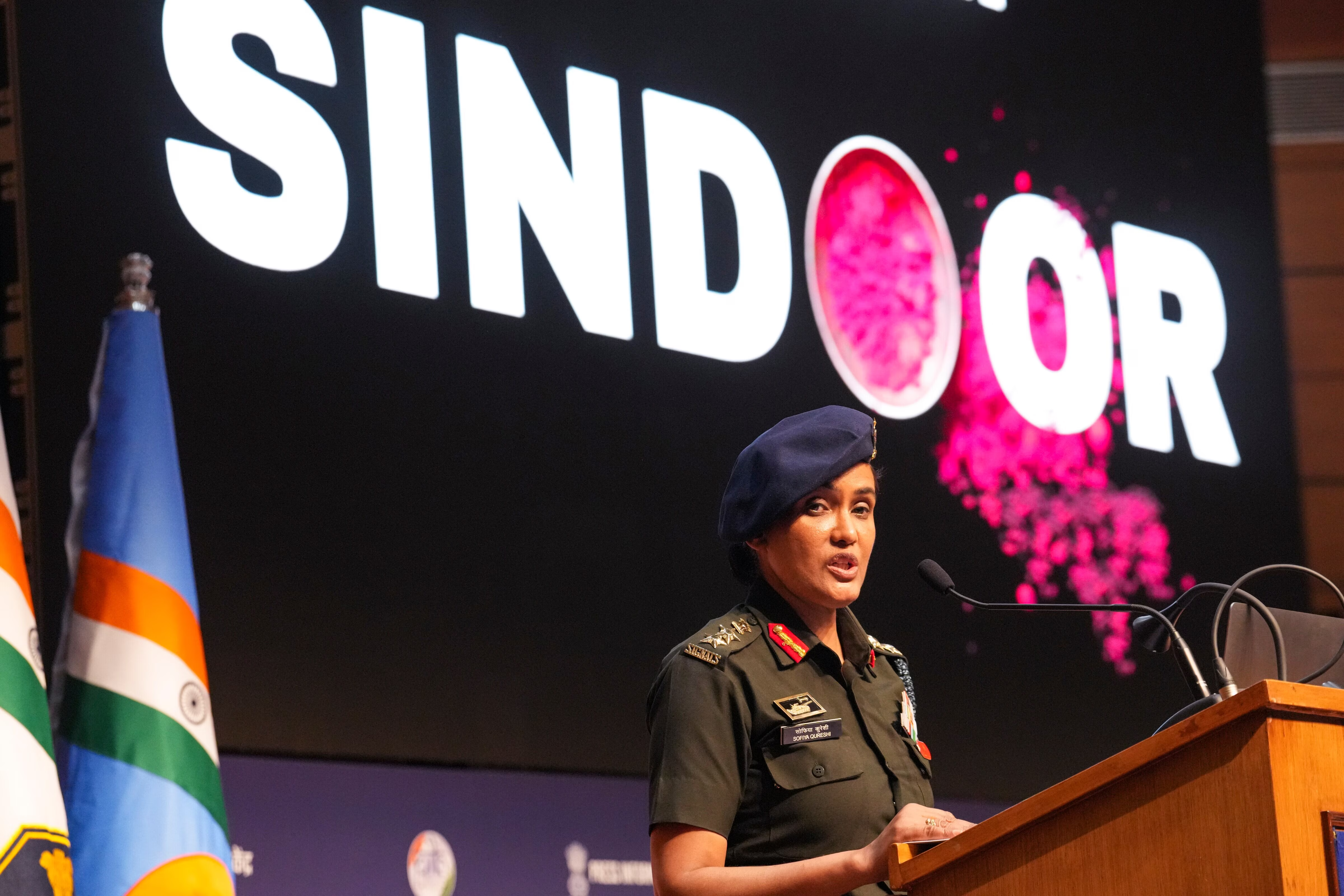- Courses
- GS Full Course 1 Year
- GS Full Course 2 Year
- GS Full Course 3 Year
- GS Full Course Till Selection
- Online Program
- GS Recorded Course
- NCERT (Recorded 500+ Hours)
- Polity Recorded Course
- Geography Recorded Course
- Economy Recorded Course
- AMAC Recorded Course
- Modern India, Post Independence & World History
- Environment Recoded Course
- Governance Recoded Course
- Science & Tech. Recoded Course
- International Relations and Internal Security Recorded Course
- Disaster Management Module Course
- Ethics Recoded Course
- Essay Recoded Course
- Current Affairs Recoded Course
- CSAT
- 5 LAYERED ARJUNA Mentorship
- Public Administration Optional
- ABOUT US
- OUR TOPPERS
- TEST SERIES
- FREE STUDY MATERIAL
- VIDEOS
- CONTACT US
Indian Scientists Develop Novel Gene Therapy Treatment for Haemophilia A
Indian Scientists Develop Novel Gene Therapy Treatment for Haemophilia A
12-12-2024
- In December 2024, Indian scientists developed a new gene therapy to treat severe haemophilia A, a rare genetic disorder that causes spontaneous and severe bleeding.
- The trial was conducted on 5 patients in Tamil Nadu, with positive results after an average follow-up of 14 months.
- The study was led by Alok Srivastava from the Centre for Stem Cell Research (CSCR) at Christian Medical College, Vellore, and supported by the Union Department of Biotechnology.
- The findings were published in the New England Journal of Medicine (NEJM).
What is Haemophilia A?
- Haemophilia A is a genetic disorder where the body lacks a clotting protein called Factor VIII, which helps blood to clot.
- The factor VIII (F8) gene is a large gene on the X chromosome that provides instructions for making coagulation factor VIII, a protein that helps blood to clot.
- Without this factor, individuals with haemophilia experience spontaneous bleeding that can be severe and life-threatening.
- Types of Haemophilia:
- Minor haemophilia: Low levels of clotting factor.
- Severe haemophilia A: Very low or almost no Factor VIII (less than 1% of normal levels).
- Prevalence in India: Though haemophilia is rare worldwide, India has one of the largest patient groups, with about 40,000 to 100,000 patients.
Current Treatment for Haemophilia A
- Traditional Treatment: Patients with haemophilia A usually receive regular injections of Factor VIII to prevent bleeding.
- Those with severe haemophilia may need weekly injections or other treatments like monoclonal antibodies to replace the missing clotting factor.
- Challenges:
- The treatment is expensive. A 10-year treatment cost in India is estimated at around $300,000 (₹2.54 crore) per patient.
- It involves lifelong, frequent injections, making it difficult and costly for patients.
Gene Therapy Approach:
- Gene therapy is a new way to treat haemophilia by introducing a healthy copy of the Factor VIII gene into the patient’s body.
- This gene can then make enough Factor VIII to help blood clot.
- Gene therapy could provide a one-time solution, reducing the need for lifelong injections.
Details of the Indian Clinical Trial
- Trial Design: The trial was conducted on five patients from Tamil Nadu who have severe haemophilia A.
- Results:
- After an average follow-up of 14 months, none of the patients had any bleeding episodes.
- Normally, patients with severe haemophilia experience frequent bleeding (sometimes every week), making the trial results very significant.
- Gene Delivery Method:
- The gene therapy was delivered using a lentivirus vector. This method involves fusing the Factor VIII gene with the patient’s stem cells, which were then put back into their bodies.
- This approach is different from other gene therapies, such as Roctavian, which uses an adenovirus vector.
Comparison with Roctavian Gene Therapy
- Roctavian is a gene therapy approved by the U.S. Food and Drug Administration (FDA) for haemophilia A.
- In clinical trials, Roctavian reduced bleeding episodes from 5.4 per year to 2.6 per year.
- However, Roctavian requires patients to take immune-suppressing drugs (corticosteroids) to prevent the body from rejecting the therapy.
- Roctavian uses an adenovirus vector, which involves the liver in producing Factor VIII.
-
In contrast, the Indian study:
- Used a lentivirus vector, which is considered safer than the adenovirus approach.
- It also does not require immune-suppressing drugs, making it easier and safer, especially for children.
Significance of the Indian Study
- The study is described as "ground-breaking" because it shows that advanced gene therapy can be done even in resource-limited settings like India.
- According to Dr. Johny Mahlangu (in an editorial in NEJM), this study proves that gene therapy research can be carried out in countries with fewer resources.
- If this gene therapy is successful, it could help lower treatment costs by allowing local production of the therapy in India, making it more affordable.
- The use of the lentivirus vector makes this therapy safer and more suitable for children, as it does not require immune-suppressing drugs, which are used in other treatments like Roctavian.
- This gene therapy could help increase the global availability of treatment for haemophilia, especially in low-income countries like India.
Conclusion
The gene therapy trial in India represents a huge breakthrough in treating severe haemophilia A. The positive results from the trial provide strong evidence that gene therapy could offer a long-term, cost-effective solution for haemophilia patients.




